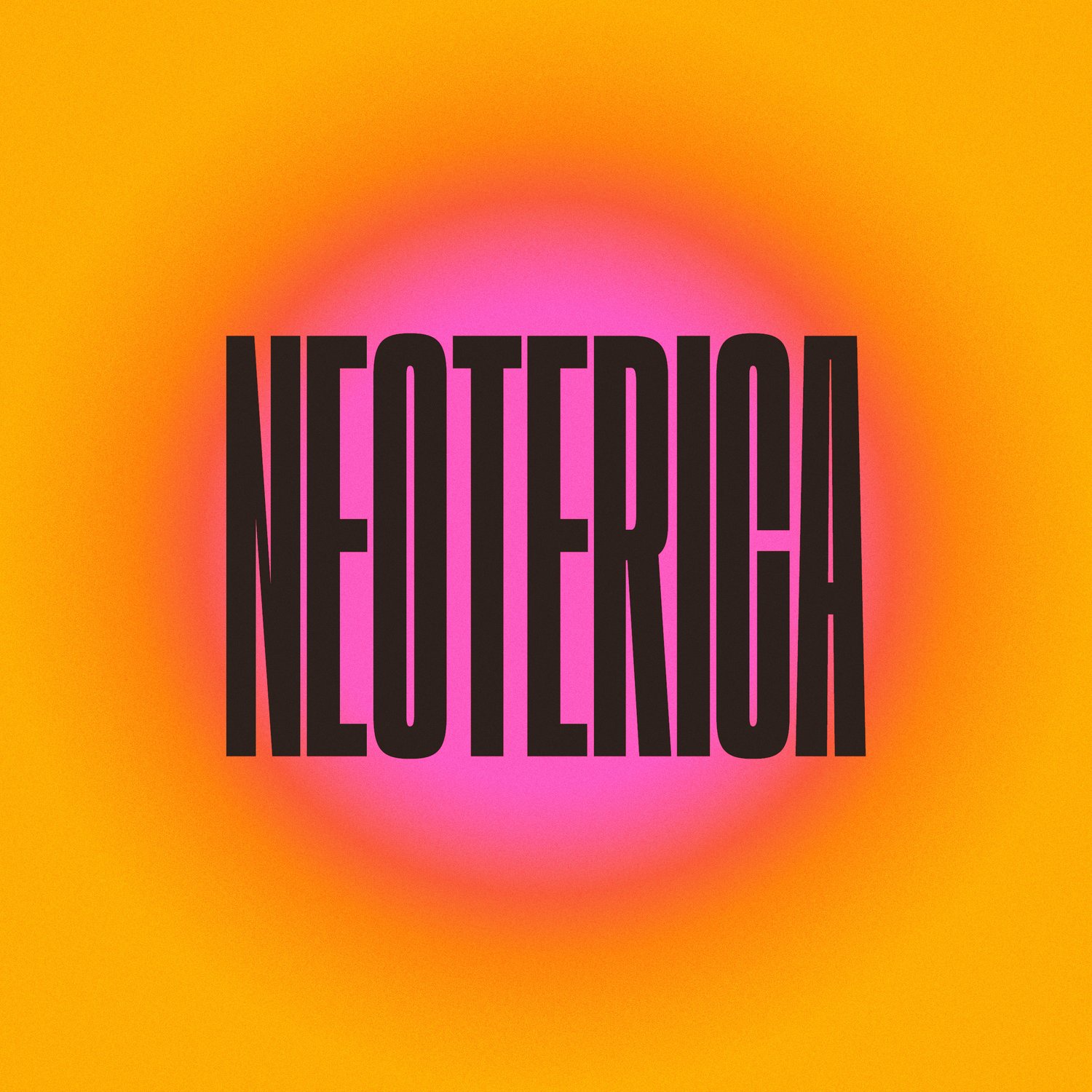Quentin Brown
Quentin Brown writes about Keith Giles in Neoterica 2024.
Soft Bodies
Looking at Keith Giles’ work reminds me of returning to my childhood home after it’s been overgrown by another family. The scaffolding is familiar – the low-hanging beam where my brother cracked his skull open, height marked in pencil lines peering through new coats of paint, the light fixtures my parents argued about for months. But what lies within the construction is warped almost beyond recognition, right down to the silverware rattling inside the third kitchen drawer instead of the second, where it should be.
Keith has created dozens of images based around an old school photograph taken when he was eight years old and not long after his family emigrated from England. It is the first photo taken of Keith on Kaurna soil. He remembers 1960’s Australia as insular, sports dominated, and toxically masculine. The impact this had on Keith’s development and identity is literalised in each rework of the original photo. His face is always obscured in some way, with just enough anatomy left for us to recognise the human in what we’re seeing. In this triptych, Keith uses images of immortelles to eclipse his face. Immortelles are flower arrangements primarily created from plaster, tin, and porcelain and encased in a glass dome. They are placed on graves as an everlasting tribute to the love that tethers the living to the dead, and the past to the present.
‘I’ve always had a curious obsession with graveyards and funerary adornments,’ Keith says.
In his studio, a small cottage at the base of his garden, he talks me through his process. He tells me how he takes these images and lays them out on his computer where they are sliced and stacked. It’s all very experimental, with the colours and cuts largely made at random until a new picture, and a new story, emerges. It reminds me of playing with the building blocks at school when I was little. I would hoard these many shapes in their bright primaries, and I found out which ones can balance where, which colours looked best together, and how tall my fortress could be before it collapsed on itself.
As Keith talks, I notice a body of flowers beginning to craft itself at the desk in the corner of the room. It sits with a goldenrod spine bent over an unfinished collage, tulip fingers tapping thoughtfully on the table. It has bracelets of larkspur, sprigs of wise lavender between its ears, stems of gladiolus crossing its cheeks, and aster blooming in place of a patient heart. When we fall into silence, it opens its forget-me-not eyes and blinks at me. The rose-blush curve of its lips part, and with a rattle the buds that form its chest begin to open and close in rhythm. A bitter sunlight begins to pool in my stomach and I decide to leave it there, breathing and blinking inside the metal arms of Keith’s studio.
Grief drips like hot wax
Craft a metal cradle for
What the flesh can’t hold
Quentin Brown (he/him) is a writer based on Kaurna land creating poetry and stories for young adults while studying creative writing, film, and event management. Despite knowing that he would be the first to die in any horror film, Quinn has a particular interest in psychological and gothic horror, and most of his work draws from lived experience as a queer person living with mental illness. He is a regular performer at Feast festival and his work has appeared in numerous anthologies such as Sea Glass Hearts, The Crow, Lucent Dreaming, Essential Americans and zines including Trans Rebel Cowboy and Queer Survivors. He has also won awards such as the Ken Vincent Poetry Prize in 2019, the Special Young Writers Award from the Baltimore Science Fiction Society in 2020, and honourable mention in the 2022 Helen Schaible International Sonnet Contest.

